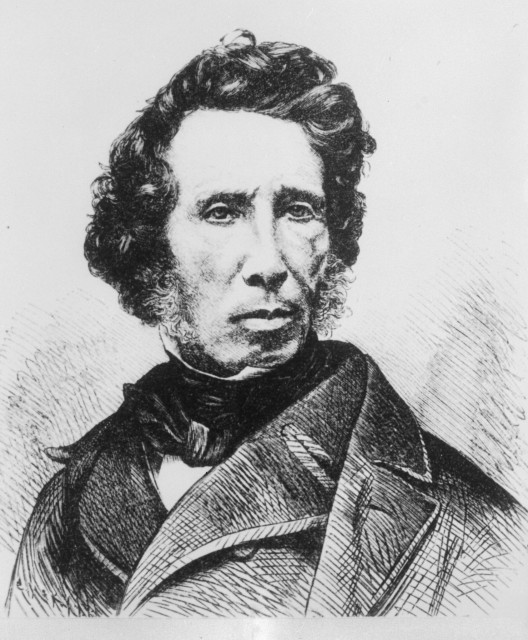Friedrich Wöhler
1800-1882

The formation of the known organic compound urea by heating the inorganic ammonium cyanate, about which Wöhler wrote (1828) to his mentor Berzelius (see portrait) "I can make urea without the necessity of a kidney, or even of an animal, whether man or dog" attracted wide attention and is perhaps what he is most famous for today. Earlier (1824) Wöhler found that silver cyanate had the same composition as found for silver fulminate by Gay-Lussac and Liebig (see portrait). These pairs became the first examples of isomerism, compounds with the same composition having different properties. Wöhler went on to make many discoveries, among them the preparation of aluminum (from its chloride and potassium metal), phosphorus (from calcium phosphate, carbon and sand) and crystalline boron and silicon. He prepared calcium carbide (from a calcium-zinc alloy and carbon) and obtained acetylene by its reaction with water. With Liebig, he identified the benzoyl group as common to benzaldehyde, benzoic acid and benzoyl chloride, a key to unlocking the secrets of structural organic chemistry. He also had a strong interest in the analysis of minerals and meteorites.
Wöhler was born near Frankfurt, Germany. Although he took a medical degree (Heidelberg, 1823) he never practiced. Enamoured of chemistry, he spent a year with its leading European practitioner Berzelius in Stockholm. Although he probably never attended a formal chemistry course, Wöhler taught chemistry at a technical school in Berlin until, in 1836 he was appointed professor of chemistry at the University of Göttingen, where he remained for the rest of his life. Wöhler was an outstanding teacher and lecturer. Students were drawn to him by his kindly personality (in contrast to Liebig). He wrote excellent inorganic and organic texts that went through many editions and translations.
Location in chemistry building: Second Floor; Elevator area East Wall; Sequence 1
Source: Professor P. E. Fanta and the Wilkens-Anderson Company